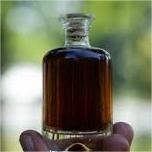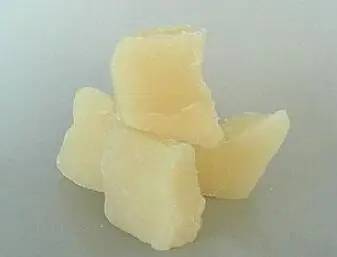**Hexane Hates CTAB: The Surprising Science Behind a Stubborn Surfactant**
(Ctab, The Surfactant Used In This Experiment Does Not Dissolve In Hexane. Why Not?)
You mix oil and water, and they refuse to play nice. Now imagine hexane, a liquid that’s basically oil’s cousin, meeting CTAB, a soap-like chemical. Spoiler: They don’t get along either. Let’s break down why hexane and CTAB are like two people arguing over the thermostat.
First, what’s CTAB? Think of it as a molecule with split personalities. One end loves water (we’ll call this the “head”), and the other end hates it (let’s name this the “tail”). This makes CTAB a surfactant—a substance that bridges oil and water. It’s why soap works. The tail clings to grease, and the head holds onto water, letting grime rinse away.
Now, hexane. It’s a simple molecule, just six carbon atoms linked in a chain, surrounded by hydrogen. No fancy charges, no polar bonds. Hexane is the definition of “chill” in chemistry terms. It doesn’t react much. It’s happy hanging out with other non-polar molecules, like oils or fats.
So why won’t CTAB dissolve in hexane? Let’s start with a basic rule: “Like dissolves like.” Polar stuff mixes with polar stuff. Non-polar mixes with non-polar. CTAB’s head is positively charged. That makes it super polar. Hexane? Totally non-polar. Imagine trying to stick two magnets together the wrong way. They push apart. CTAB’s head and hexane have zero attraction.
But wait—CTAB also has a non-polar tail. Shouldn’t that part get along with hexane? Yes, but there’s a catch. The tail is just one part of CTAB. The head is like a needy friend who won’t let go. For CTAB to fully dissolve in hexane, both parts need to feel comfortable. The tail might cozy up to hexane, but the head throws a fit. It’s like trying to relax in a bathtub while someone blasts loud music outside. The tail can’t ignore the head’s drama.
Another thing: CTAB is a big molecule. Hexane is small and light. Big molecules often struggle to fit into solvents made of smaller molecules. Imagine stuffing a sofa into a compact car. Even if parts fit, the whole thing won’t slide in smoothly.
Temperature matters too. If you heat hexane, it might loosen up and tolerate CTAB a bit more. But under normal conditions, hexane lacks the energy to force CTAB’s head to cooperate. The head’s charge is too strong. It’s like trying to push a boulder uphill with your bare hands.
What happens instead? CTAB might clump together in hexane. The tails huddle inward, hiding from the hexane, while the heads stick out. These clumps are called micelles. They’re CTAB’s way of surviving in a hostile environment. But micelles aren’t true dissolution. The CTAB isn’t evenly mixed—it’s just hiding.
(Ctab, The Surfactant Used In This Experiment Does Not Dissolve In Hexane. Why Not?)
So next time you see a surfactant refusing to dissolve, remember: Chemistry is all about relationships. If the attraction isn’t mutual, things fall apart. Hexane and CTAB? They’re just not meant to be.
Inquiry us
if you want to want to know more, please feel free to contact us. (nanotrun@yahoo.com)




